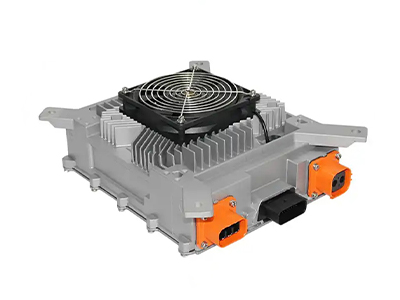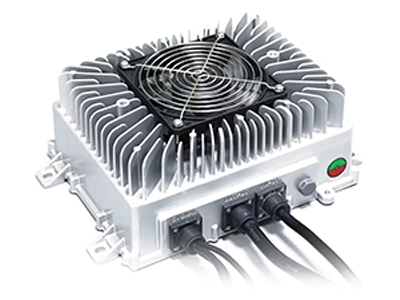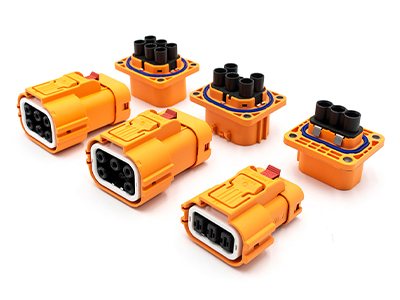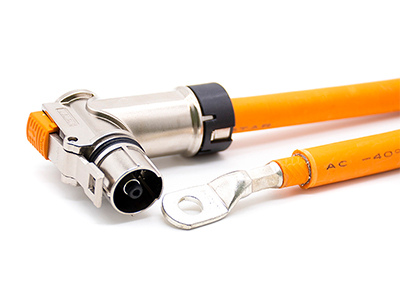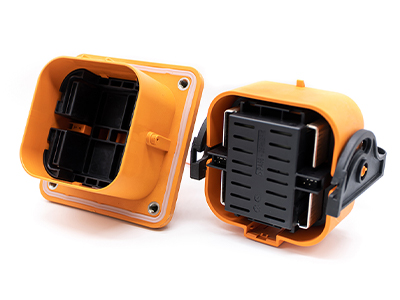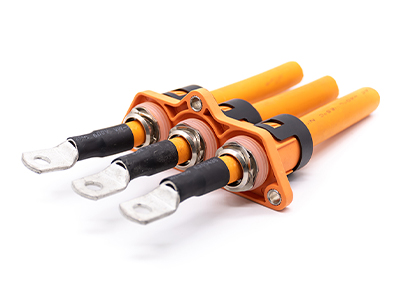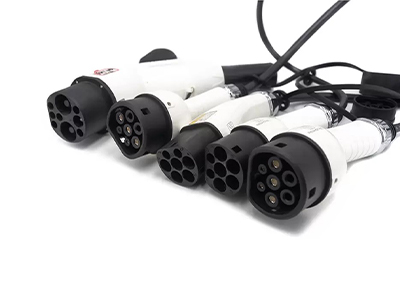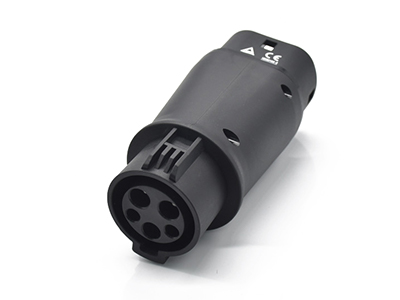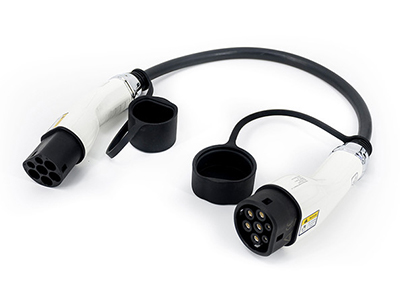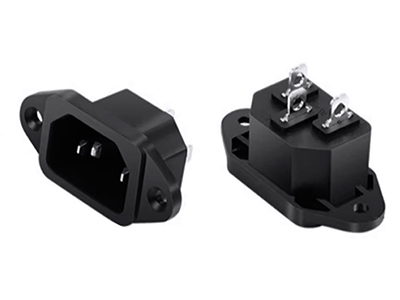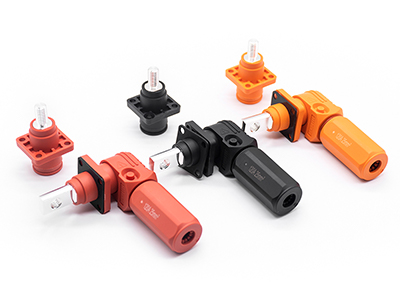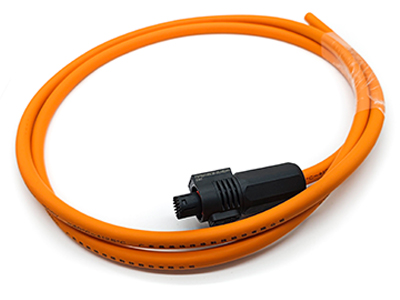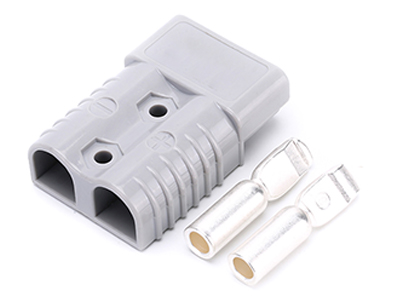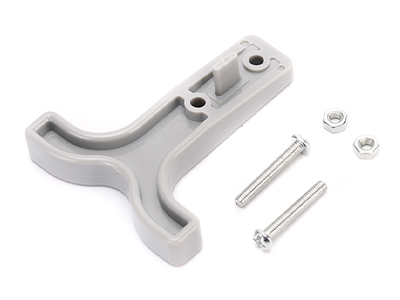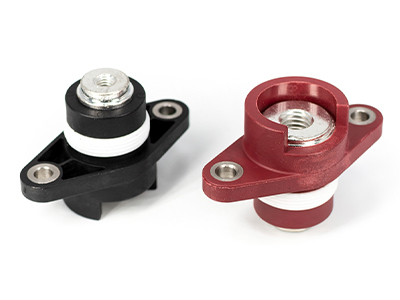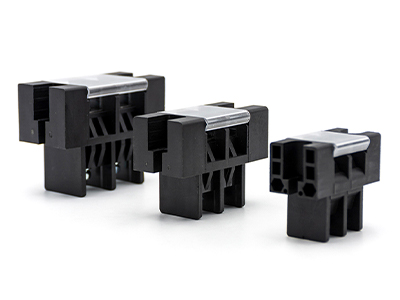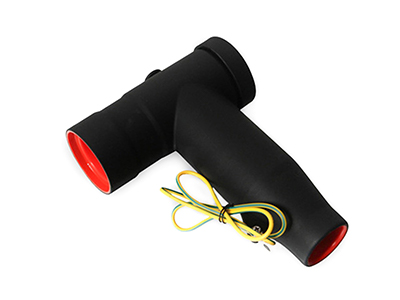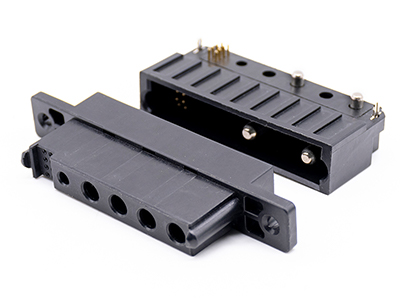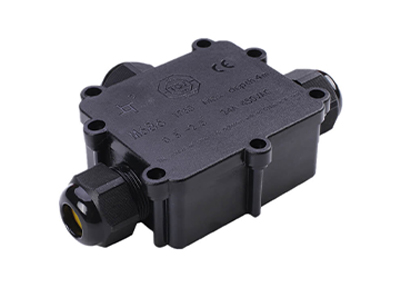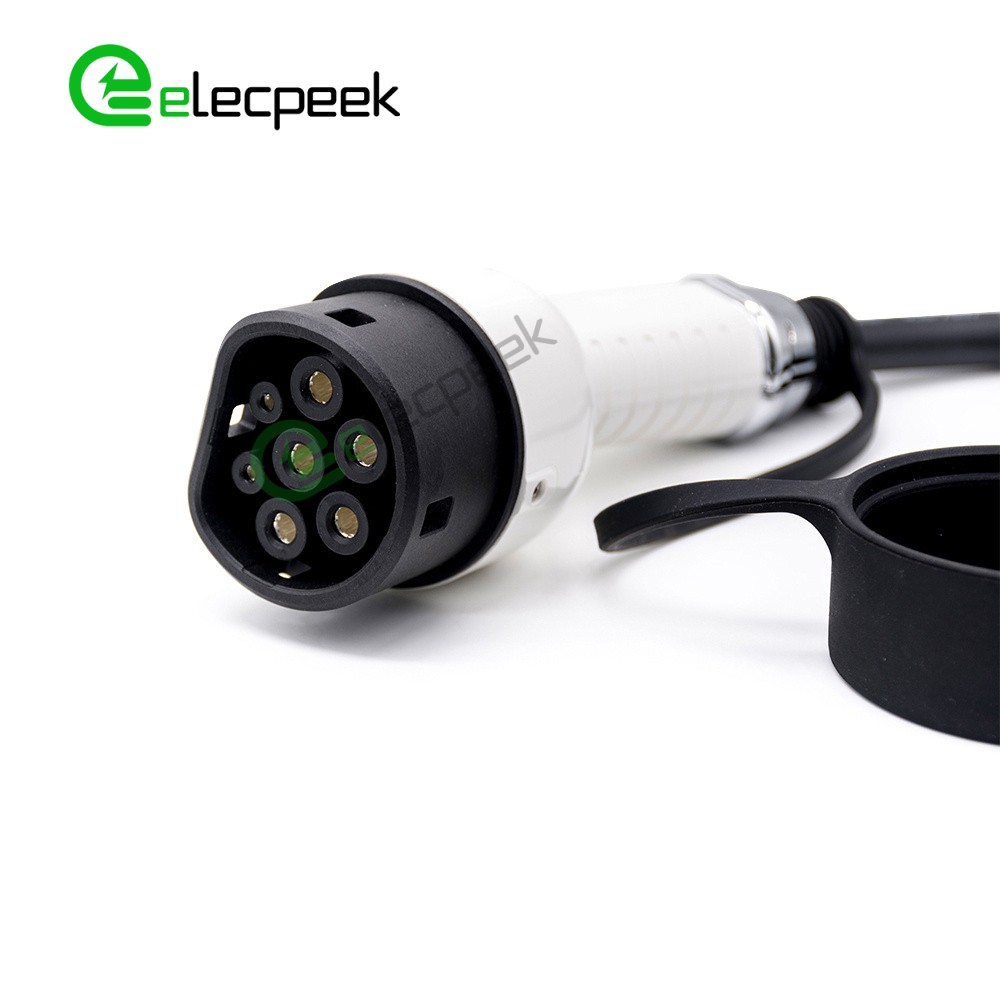News
What is the difference between a Type 1 and type 2 EV charger?
Electric vehicle charging stations typically come with either a Type 1 or Type 2 charger. But what exactly is the difference between these two EV charger types? And which one should you choose for charging your electric vehicle? In this article, we’ll explore the differences between Type 1 and Type 2 EV chargers, their advantages and drawbacks, and how to choose the right charger for your EV.
Defining Type 1 and Type 2 EV Chargers
Before delving into the differences between these two chargers, let’s establish what they are and their main features.
Type 1 EV Chargers
Type 1 chargers, also known as SAE J1772 or Yazaki connectors, are mainly found in North America and Asia. They are a single-phase AC charging standard, with a maximum charging power of 7.4 kW. Type 1 chargers are commonly used for home and public charging stations.
Type 2 EV Chargers
Type 2 chargers, also known as Mennekes connectors, have become the standard in Europe and are also used in other parts of the world. They support both single-phase and three-phase AC charging, allowing for faster charging rates. A Type 2 charger can deliver up to 22 kW of power in three-phase mode and up to 7.4 kW in single-phase mode.
Key Differences Between Type 1 and Type 2 EV Chargers
Now that we’ve defined Type 1 and Type 2 chargers, let’s dive into the crucial distinctions between these two charging options.
Charging Power and Speed
The main difference between Type 1 and Type 2 chargers is the amount of power they can deliver to charge an electric vehicle battery. Type 1 chargers are considered “slow chargers” that typically provide 3 to 7 kilowatts of power, which can charge a depleted EV battery in 4 to 8 hours. Type 2 chargers are “fast chargers” that supply 10 to 43 kilowatts of power, capable of charging a vehicle in 30 minutes to a few hours.
Type 1 chargers are a good basic option for residential charging or long dwell times. But for quicker charging on the go, Type 2 fast chargers are preferable. Some public charging stations and workplaces are now installing more powerful 50 kW or higher fast chargers to charge vehicles even faster. For the fastest charging, look for stations with the CHAdeMO or CCS fast charging connectors.
Connector Compatibility and Adapters
The type of connector also determines which electric vehicles a charger can be used with. Type 1 connectors use the J1772 standard connector that is compatible with most electric vehicles in North America. Type 2 connectors use different international standards that vary in different regions. In North America, the most common Type 2 connectors are CSA Combo or CHAdeMO.
Application
Type 1 chargers are primarily suitable for home and public charging stations, while Type 2 chargers are more versatile. Type 2 chargers can be used in residential, commercial, and public settings, making them a more flexible option for various charging scenarios.
Connector Design
The physical connectors of Type 1 and Type 2 chargers differ. Type 1 chargers feature a round, five-pin design, while Type 2 chargers have a flat, seven-pin design. This distinction is essential to note, as it directly impacts compatibility with your EV.
Advantages and Drawbacks of Each Charger Type
Type 1 EV Charger Advantages
- Widespread in North America and Asia.
- Suitable for home and public charging stations.
- Simpler connector design.
Type 1 EV Charger Drawbacks
- Slower charging speed compared to Type 2 chargers.
- Limited to single-phase AC charging.
Type 2 EV Charger Advantages
- Faster charging speed, especially in three-phase mode.
- Versatile application in residential, commercial, and public settings.
- Standard in Europe and increasingly adopted worldwide.
Type 2 EV Charger Drawbacks
- Compatibility issues with some EV models, especially those from North America and Asia.
- More complex connector design.
How to Choose the Right Charger for Your EV
When deciding between a Type 1 and Type 2 EV charger, it’s essential to consider your specific needs and the compatibility of your EV. Here are a few factors to keep in mind when making your decision:
- Compatibility: Ensure that your EV is compatible with the charger type you’re considering. Consult your vehicle’s owner’s manual or contact the manufacturer to confirm compatibility.
- Charging Speed: If fast charging is a priority, a Type 2 charger with three-phase AC charging capabilities is a better option.
- Location: Consider where you’ll be charging your EV most frequently. If you’re in Europe, a Type 2 charger is likely the best choice. For North America and Asia, Type 1 chargers are more common, but Type 2 chargers are gaining popularity.
- Charging Infrastructure: Research the availability of public charging stations in your area. This will give you an idea of which charger types are most prevalent and better suited for your location.
If you have an EV with a Type 1 connector, you can still use Type 2 charging stations by using an adapter. But Type 2 vehicles cannot use a Type 1 charger since it cannot deliver enough power. Some public charging networks like EVgo offer a mix of Type 1 and Type 2 chargers to accommodate all EVs, while Tesla Superchargers only have Type 2 connectors for faster charging of Tesla vehicles.
In summary, the choice between Type 1 and Type 2 EV chargers depends on your charging needs and vehicle compatibility. For most residential or public charging, Type 1 chargers provide a basic and budget-friendly option, while Type 2 fast chargers are better for quicker charging on the go. With more high-powered charging options on the horizon, EV charging connector is becoming faster and more widely available than ever before.

